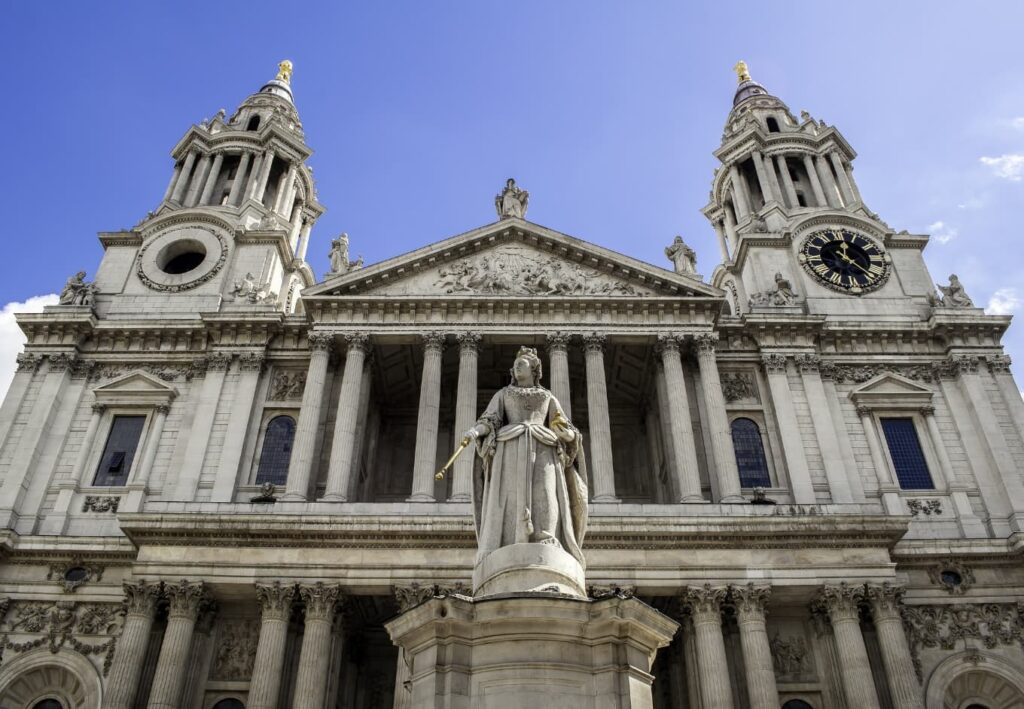St Paul’s Cathedral: London’s Architectural Masterpiece
St Paul’s Cathedral stands as a magnificent symbol of London’s rich history and architectural brilliance. Nestled in the heart of the city, this iconic landmark is not only a place of worship but also a testament to the resilience and creativity of the British people. Whether you’re a history buff, an architecture enthusiast, or simply a curious traveler, St Paul’s offers a captivating experience that is both educational and awe-inspiring.
What to See at St Paul’s Cathedral
Upon entering St Paul’s Cathedral, visitors are immediately struck by the grandeur of its interior. The vast nave, with its soaring arches and intricate mosaics, sets the stage for a journey through history and art. The Whispering Gallery, located 257 steps up, is a must-visit. Here, you can test the unique acoustics that allow whispers to be heard clearly across the dome. For those willing to climb further, the Stone Gallery and the Golden Gallery offer breathtaking panoramic views of London’s skyline.
The cathedral’s crypt is another highlight, housing the tombs of some of Britain’s most notable figures, including Admiral Lord Nelson and the Duke of Wellington. The Chapel of St Michael and St George, with its stunning stained glass windows, provides a serene space for reflection. Don’t miss the Oculus, a 270-degree film experience that brings the cathedral’s history to life through immersive storytelling.
A Bit of History and Interesting Facts
St Paul’s Cathedral has a storied past that dates back to 604 AD, though the current structure was designed by Sir Christopher Wren and completed in 1710 after the Great Fire of London destroyed its predecessor. This Baroque masterpiece was one of the first cathedrals to be built after the English Reformation, symbolizing a new era in British religious and architectural history.
One of the most interesting facts about St Paul’s is its survival during the Blitz of World War II. Despite heavy bombing, the cathedral remained largely intact, becoming a symbol of hope and resilience for Londoners. The iconic image of St Paul’s dome rising above the smoke and ruins became a powerful emblem of the city’s endurance.
Getting There and Tips for First-Time Visitors
St Paul’s Cathedral is conveniently located in central London, making it easily accessible by public transport. The nearest Underground station is St Paul’s on the Central Line, just a short walk away. Alternatively, several bus routes stop nearby, including routes 4, 11, 15, 23, 25, 26, 100, and 242.
For first-time visitors, it’s advisable to purchase tickets online in advance to avoid long queues. The cathedral is open to visitors from Monday to Saturday, with Sunday reserved for worship. Photography is allowed in certain areas, but be sure to check the guidelines upon entry. Audio guides are available and highly recommended for a more enriching experience.
In summary, St Paul’s Cathedral is a must-visit destination for anyone exploring London. Its architectural beauty, historical significance, and cultural impact make it a place that captivates and inspires all who walk through its doors.








